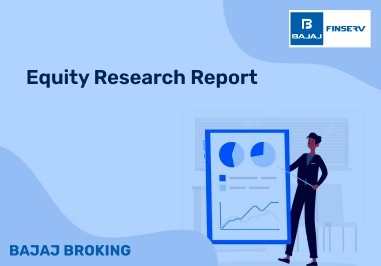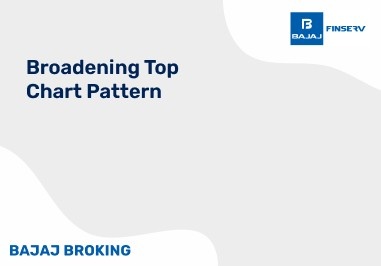How to Calculate the Information Ratio (IR)?
A mutual fund’s information ratio can be calculated by using the formula given below:
Information Ratio = (Mutual Fund’s Returns – Benchmark’s Returns) ÷ Tracking Error
Mutual fund’s returns are returns delivered by a fund in a period. Benchmark’s returns are returns provided by a fund’s benchmark in the same period. Tracking error is the standard deviation of the difference between a mutual fund’s returns and its benchmark returns. A high standard deviation shows a fund’s returns are more volatile vis-à-vis its benchmark; hence, it has taken more risk. Conversely, a low standard deviation shows a fund has taken less risk than its benchmark.
Steps to Calculate the Information Ratio (IR) with an Example
Let us understand the calculation of IR with the help of the following steps and the example:
Step 1: Find out the daily returns of a mutual fund for a period, like a day, a week, a month, a quarter, etc. Then, you need to calculate the average of those returns, which will be the returns of a fund for a period.
Step 2: Find out the benchmark’s returns in the same manner.
Step 3: You need to deduct the benchmark’s returns from the mutual fund’s returns to calculate the extra returns generated by the fund.
Step 4: Find out the standard deviation of a fund’s excess returns over its benchmark’s returns.
Step 5: Divide what you get in Step 3 with what you get in Step 4 to calculate the information ratio.
Now, we will take an example to understand the concept of IR better.
Suppose a fund has provided 15% returns over a period, while its benchmark delivered a return of 12.5% in the same period. The tracking error is 3%.
Hence, IR = (15% - 12.5%) / 3% = 0.83
Importance of the Information Ratio (IR) in Mutual Funds
The information ratio (IR) in mutual funds is an important indicator. Here is why:
Suggested H3: Investors: IR can be extremely useful for investors of mutual funds. It can help them analyse whether a fund’s manager is able to outperform its benchmark while minimising the risk. Let us say that you want to invest in a fund focused on large cap FMCG stocks. You can compare its performance with the Nifty FMCG Index to see whether it is able to generate extra returns in a sustainable manner. Besides, you can compare the information ratios of two comparable mutual funds to decide which one is performing better. Let us say that Fund A has an IR of 1.2 and Fund B has an IR of 0.9. This shows that Fund A is better than Fund B, as it has delivered higher returns over its benchmark considering the risk taken.
Fund manager: IR can be used by a fund manager to assess his performance. If he is able to maintain a high IR, it can even impact his remuneration favourably, and vice versa.
Limitations of the Information Ratio (IR)
IR should not be used alone: As is the case with many other financial indicators, you should not use IR alone to assess a mutual fund’s performance. Instead, you must use a variety of indicators to form a holistic view of a fund’s performance.
Great deal of subjectivity is involved in interpretation: Often two investors assess a certain level of information ratio in two different ways. This could be a function of their age, demographics, risk tolerance level, and investment objective. Hence, interpreting IR is a subjective matter. So, you should not invest in a fund because someone else says that it has a good IR.
Information Ratio (IR) vs. Sharpe Ratio
The Information Ratio compares a mutual fund’s performance with its benchmark. Suppose you are analysing the returns of a large cap diversified fund. You can compare its returns with those of BSE Sensex or Nifty 50, as both these indices track the performance of large cap stocks.
However, Sharpe Ratio compares a fund’s returns with those of a risk-free asset, like a government security. Both the indicators can be useful. However, since IR considers a benchmark, it is more relevant for analysing a fund’s performance than the Sharpe Ratio.
Conclusion
The information ratio (IR) in mutual funds is an extremely useful metric. It considers the outperformance of a fund over its benchmark. Besides, it also checks whether a fund’s outperformance is sustainable or extremely volatile. That said, IR has its limitations. For example, it should not be used alone. Hence, you should use it with other indicators. Besides, a great deal of subjectivity is involved in interpreting IR.













